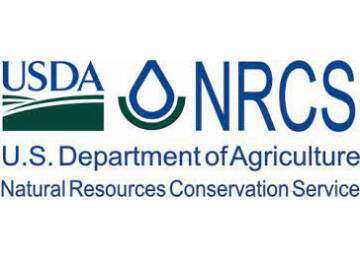As we say goodbye to summer and welcome autumn, more growers are stopping by our office at the Homer Soil and Water Conservation District to talk about their growing season. It’s interesting to hear everyone’s commentary — the broccoli never made proper heads, the potatoes were small, the carrots did great, the cabbage was huge, the slugs were terrible… Sometimes there are similarities among different gardens, and sometimes it’s like a haphazard scatter plot. But no matter what kind of season you had, there is one thing we recommend to every grower, experienced or beginner: test your soil! Most gardeners know it’s important to amend our Alaska soils to grow a good garden. Compost, manure, fish waste, grass clippings, kelp, wood ash, lime, and bone meal are all great additions to our cold, glacially influenced soils. But how do you know if those amendments are providing the right amount of critical nutrients your plants need to produce healthy, abundant vegetables and fruits?
Commercial fertilizers come with a guaranteed analysis of nitrogen, phosphorus, and potassium (N-P-K). If you’re a math whiz with some training in agronomy, you might be able to figure out exactly how much to add to meet your crops’ needs. But most of us don’t have that kind of experience. Not to mention, most of us like to supplement costly fertilizers with homemade or locally gathered materials that can vary widely in plant-available nutrients. Adding too much nitrogen can cause a plant to put lots of energy into leafy growth, but then it might not produce fruits, or it might not produce the head of cabbage or broccoli that you desire. Phosphorus is responsible for producing healthy flowers and fruits, and it also contributes to stem and root development. A phosphorus-deficient plant might appear stunted and purple. But too much phosphorus can block the availability of critical micronutrients and cause more problems. It’s a lot to think about. So how do you ensure you’re giving your plants what they need, not too much and not too little? It’s all about using SMART nutrient management. SMART stands for Source, Method, Assessment, Rate and Timing. By testing your soil, we can identify exactly what nutrients it needs and recommend a plan specific to your garden.
Now is the ideal time to test your soil, at the end of the growing season when plants have finished cycling nutrients and the soil is in a stasis state. Anytime between now and freeze-up is ideal. To collect a sample, dig a 6-inch hole and remove a vertical 1-inch by 6-inch slice. Most gardens will require five representative sub-samples combined and dried. You can bring them into our office on weekdays between 10 a.m. and 4 p.m., or use our convenient soil drop box.
The cost is $35 per sample, with a discount for over three samples. The fee covers shipment to the lab and analysis, as well as a personalized nutrient recommendation. For questions and more information about collecting samples or getting a soil test, please reach out to Natural Resources Conservation Service (NRCS) Homer office at 907-235-8177 extension 3 or the Homer Soil and Water Conservation District at 907-235-8177 extension 111.
Emily MacDonald is a soil conservationist with the Natural Resources Conservation Service Homer Field Office. The Conservation Corner is monthly column with the USDA-NRCS Homer Office.


